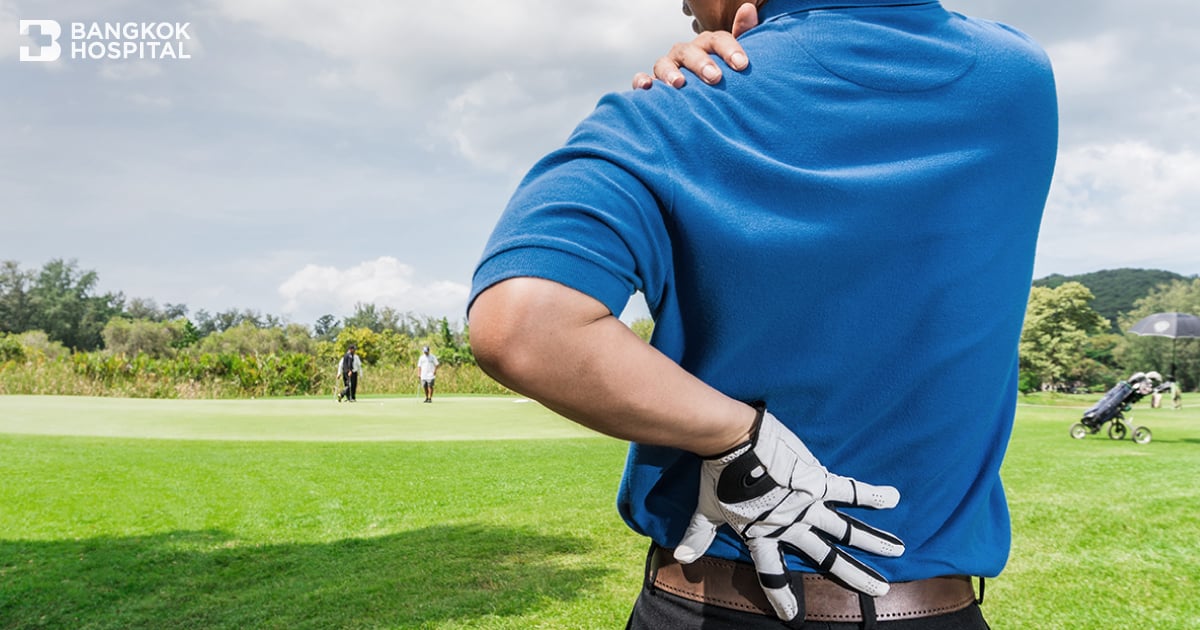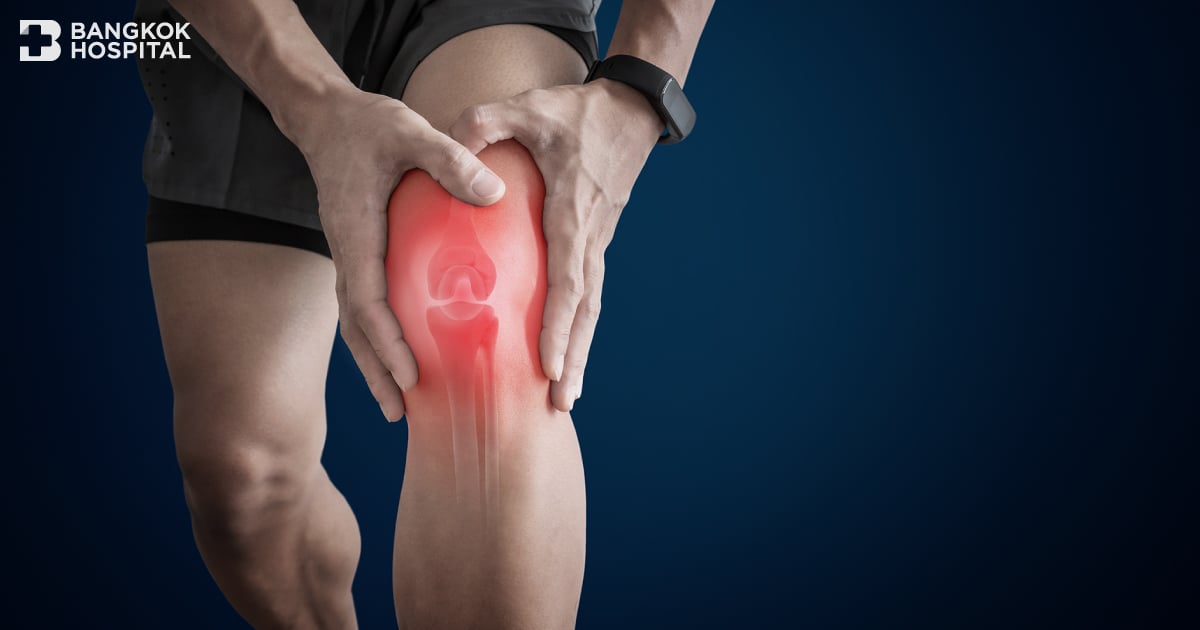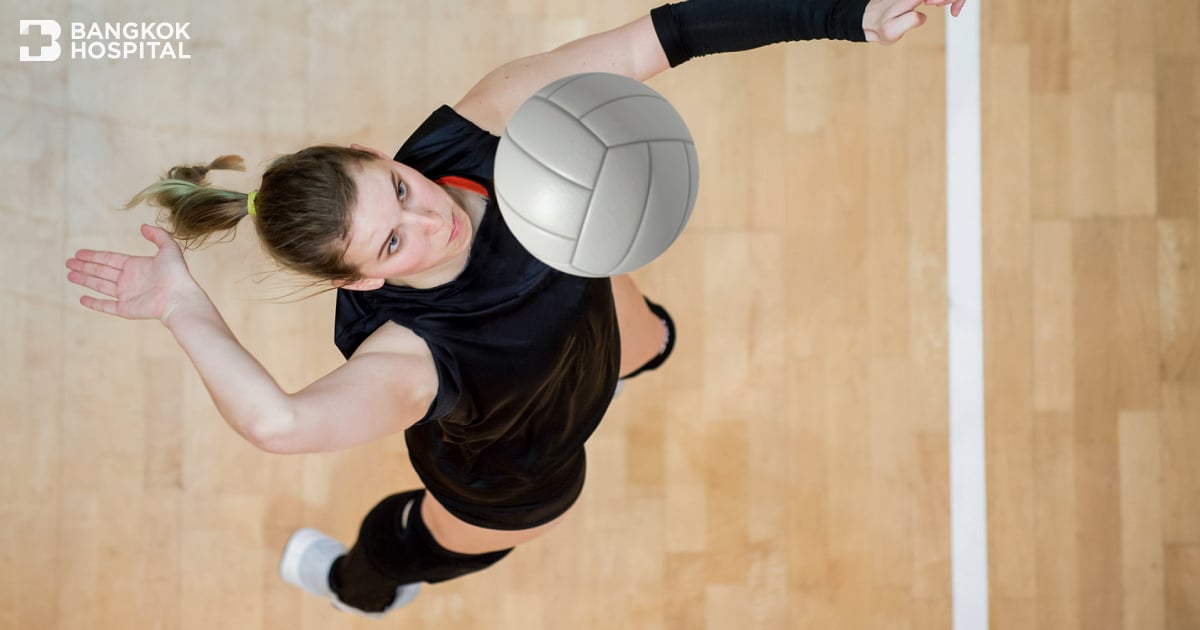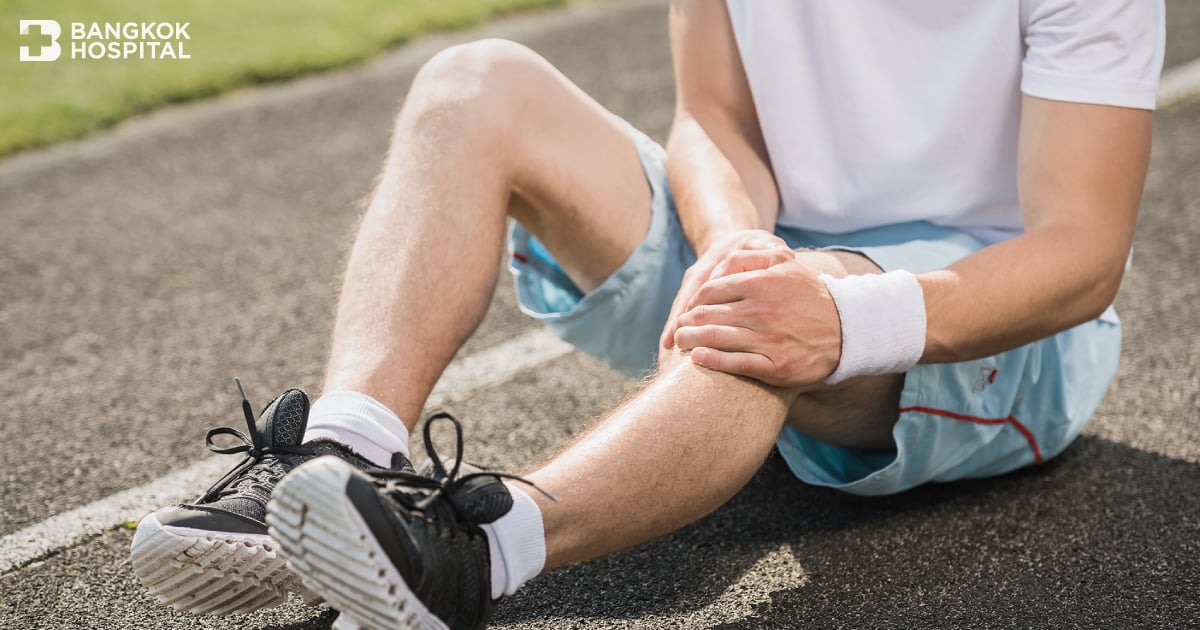Golf is an increasingly popular sport within Thai society, with training provided from a young age and can be played for a long time without any age limit. However, golf is a sport that does not directly use physical strength and is considered a technical sport. This sometimes leads to golfers not giving physical training the importance it deserves, which is a cause of easy injury.
Golf Swing Phases
The golf swing is divided into the following steps:
-
Backswing
-
Downswing
-
Acceleration and Ball Strike
-
Follow – Through
The involved body parts include hands, wrists, shoulders, arms, torso, and legs, which can all be impacted and potentially injured. The most injured body parts vary according to gender, age, ability, and frequency of golf playing.
Injuries in Professional and Amateur Golfers
Amateur Athletes % of injuries
Body Part Male Female
Back 36.0 27.4
Elbows and Arms 32.5 35.5
Hands and Wrists 21.2 14.5
Shoulder 11.0 16.1
Professional Athletes % of injuries
Body Part Male Female
Hands and Wrists 29.6 44.8
Back 25.0 22.4
Shoulder 11.4 7.5
Elbows and Arms 7.3 6.0
Causes of Injury
The common causes of injury include playing too much or too hard, hitting the ground, incorrect swing techniques, hitting the ball too hard or quickly, inadequate warm-up, incorrect torso twisting or turning, and changing grip or swing techniques. Back injuries are common and can range from muscle strains due to overuse, muscle inflammation due to tearing when twisting incorrectly, to spinal fractures in the elderly. Changing the swing technique to ensure simultaneous shoulder and hip rotation can prevent such injuries.
Injuries to the Inner Elbow
Injuries to the inner part of the elbow (the side closer to the body when the arm is extended and the palm is facing up) are also common in golfers, occurring in the right elbow in right-handed individuals due to the impact of the golf club on the ground during a stroke, causing shock to the elbow and heavy work for the tendons in this area. This type of injury is common enough in golf to be known as Golfer’s Elbow. Injuries to the outer elbow tendons often occur in the left elbow in right-handed people due to pulling during the swing up.
Shoulder Injuries
Shoulder injuries occur from overuse, leading to injuries to both the muscles and tendons around the shoulder. Wrist injuries involve tendon issues, caused by twisting the wrists during the swing.
Preventing Injuries in Golf
Preventing injuries in golf can be easily done as follows:
-
Get adequate rest
-
Use proper techniques in playing
-
Strengthen related muscles
-
Properly and adequately warm up before playing
When golfers start experiencing pain or discomfort in any part of the body after playing golf, they should reduce the intensity and frequency of play to allow the body part to rest, as pain or discomfort is the first sign of injury. Rest is one of the best treatments. Professional golfers experiencing injuries due to overuse more than amateurs is due to not having adequate rest.
Golf Swing Techniques
Correct golf swing techniques are crucial in reducing or preventing injuries because a correct swing ensures a well-coordinated body movement, preventing any single part from taking excessive shock or twist.
Strengthening the muscles involved prepares them for use, ready to absorb shock and twist, preventing bone and tendon injuries, which is one of the primary functions of muscles (besides movement). Muscle strengthening involves both strength and flexibility, which, besides preventing injuries in golf, is beneficial in everyday life as well.
Warming Up Before Golfing
Warming up is often overlooked in golf because it’s not seen as a strenuous sport, but proper warm-up is as important as addressing the ball before a strike. If preparation is inadequate, negative consequences will follow.
Examples of warm-up exercises can be as simple as follows:
-
Walking
A few minutes of brisk walking is sufficient to improve blood circulation, making the body and brain more alert. -
Neck Rotation
Loosens the neck and shoulder muscles. Rotate the neck slowly in a clockwise direction for about 10 – 20 times, then do the same counterclockwise. -
Shoulder Stretch
Hold a golf club in both hands, extend arms forward, then lift arms above the head, keeping arms straight at all times. Hold for 5 – 10 seconds and repeat about 10 times. Then do the same but hold the golf club behind your back and lift arms as high as possible. Finally, use one hand to pull the opposite arm across to the chin and hold, then switch arms. -
Torso Stretch
It’s important to stretch the torso sideways and twist slowly to the maximum to stretch the back muscles, preventing muscle cramps since overly tense muscles can easily tear. - Swing Practice
A step to check that the body doesn’t hurt or feel pain in any area. Start with a light swing and gradually increase the intensity. If there’s no pain, golf playing can proceed.
Golfers should consult a doctor early if they suffer from injuries, as treating them in the early stages can be simple and recover quickly. Treating long-term injuries will require more time, resulting in lost opportunities for training or playing.






